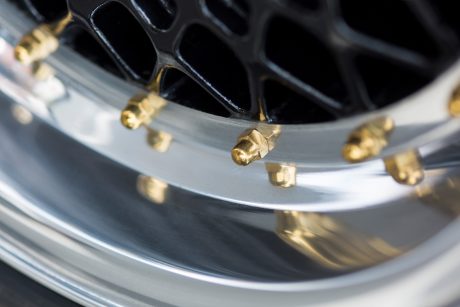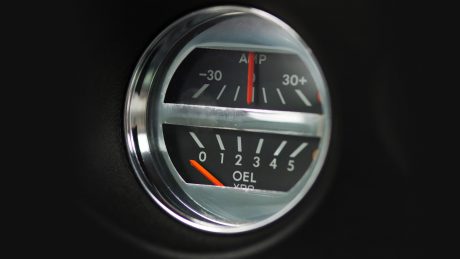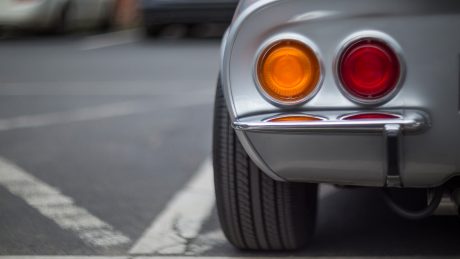Pulheim lies between Cologne, the designated green zone surrounding that city, and the ‘Great Hole,’ or the famous surface mining site in Germany’s Lower Rhine region. It’s a residential area with row houses, some with clinkered facades, some without. The old rolling mill is right at the edge of town. Its historic halls are full of start-ups, but there aren’t any pick-ups in the parking lot. This is where the antique trading TV show ‘Bares für Rares,’ starring Horst Lichter, is filmed. And on this early spring afternoon, this is where said TV host, who is as down-to-earth as he is popular, is receiving his gorgeous Opel GT.
At the moment, though, Horst is still filming. An assistant hurries past. The studio floor is kept dark, and the TV crew wear padded shoes as they go about their business to prevent making noise that could disturb filming. Can the photographer have the car key and start taking pictures of the details? He can. Horst Lichter flashes a victory sign. The camera crew look annoyed.
Tastefully retuned
Outside, André and Marco Siemkes are standing at the ready. They assembled this GT for Horst Lichter. It’s an American import, immediately recognizable by its rear side marker lamps. It’s metallic silver – a challenging color, because it reveals every flaw. Luckily, there aren’t any. 205/50 tires protrude from the wheel wells at the front, while the ones in the back are 225/50, with black RIAL rims. The car boasts a leather interior and a gleaming wooden steering wheel. Under the hood, there’s a 2.2-liter injection engine that produces a deep hum and generates so much torque that the delicate chassis gently rocks when the driver greatly accelerates. Purists might argue that it’s not an original, but there’s no debating the fact that this GT has been truly tastefully retuned.
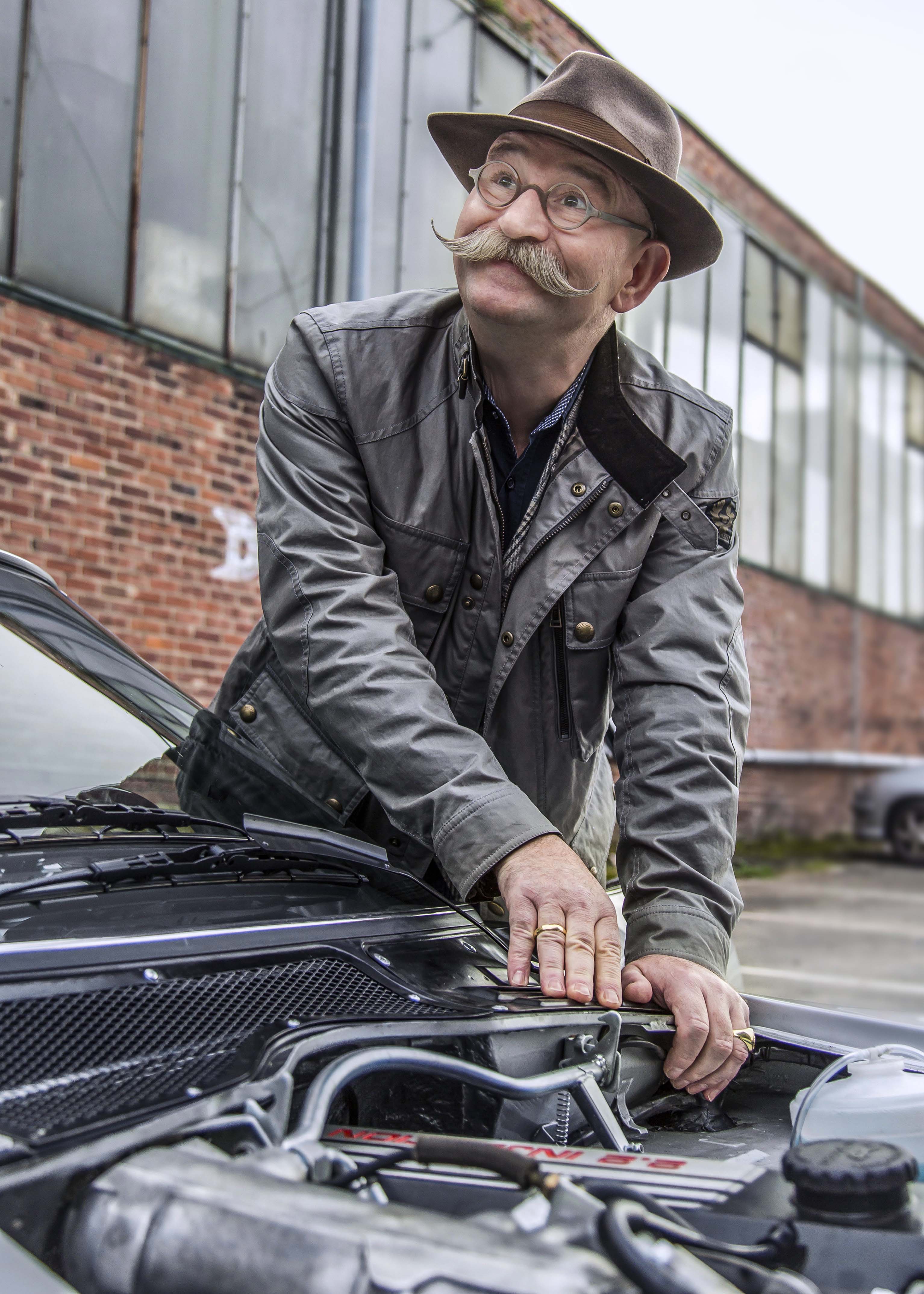
Just a few moments away Horst Lichter will be able to sit down in his Opel GT.
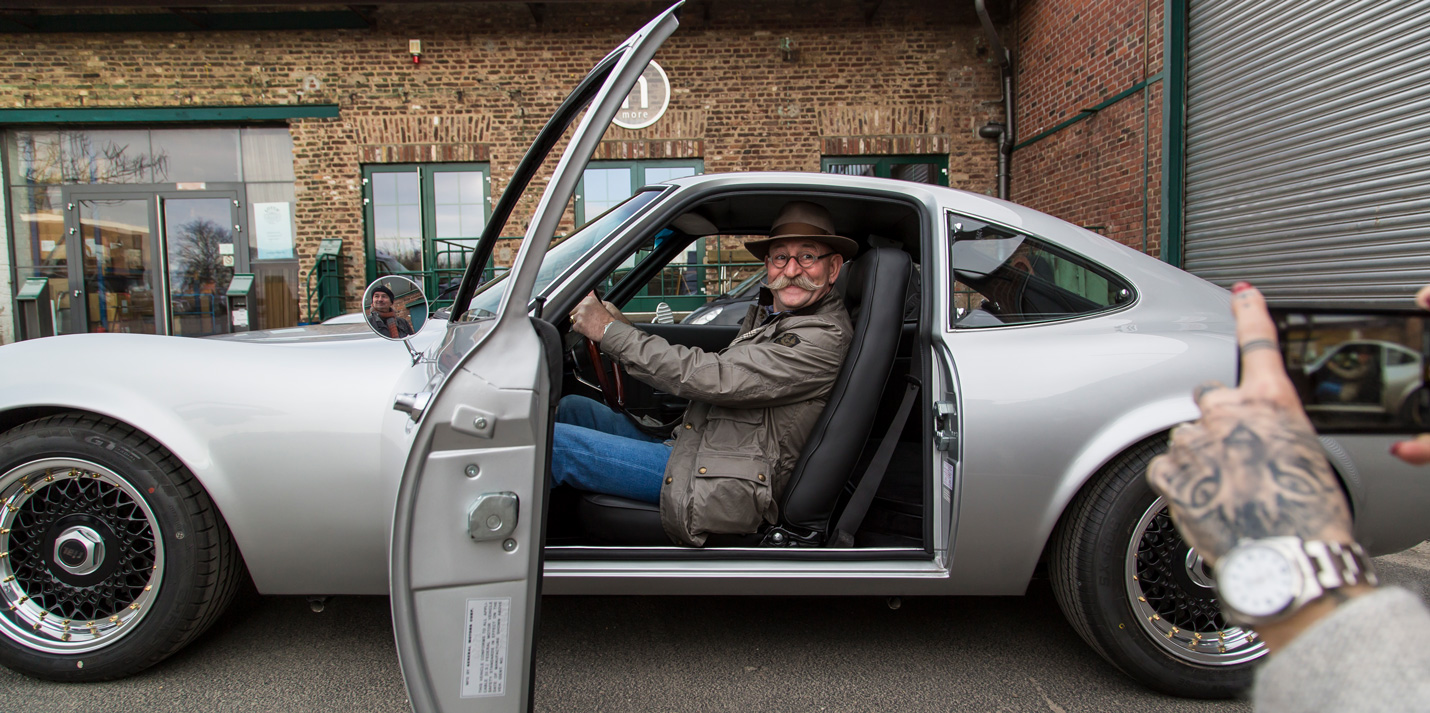
Object of desire Horst Lichter was dreaming of Opel GT for many years.
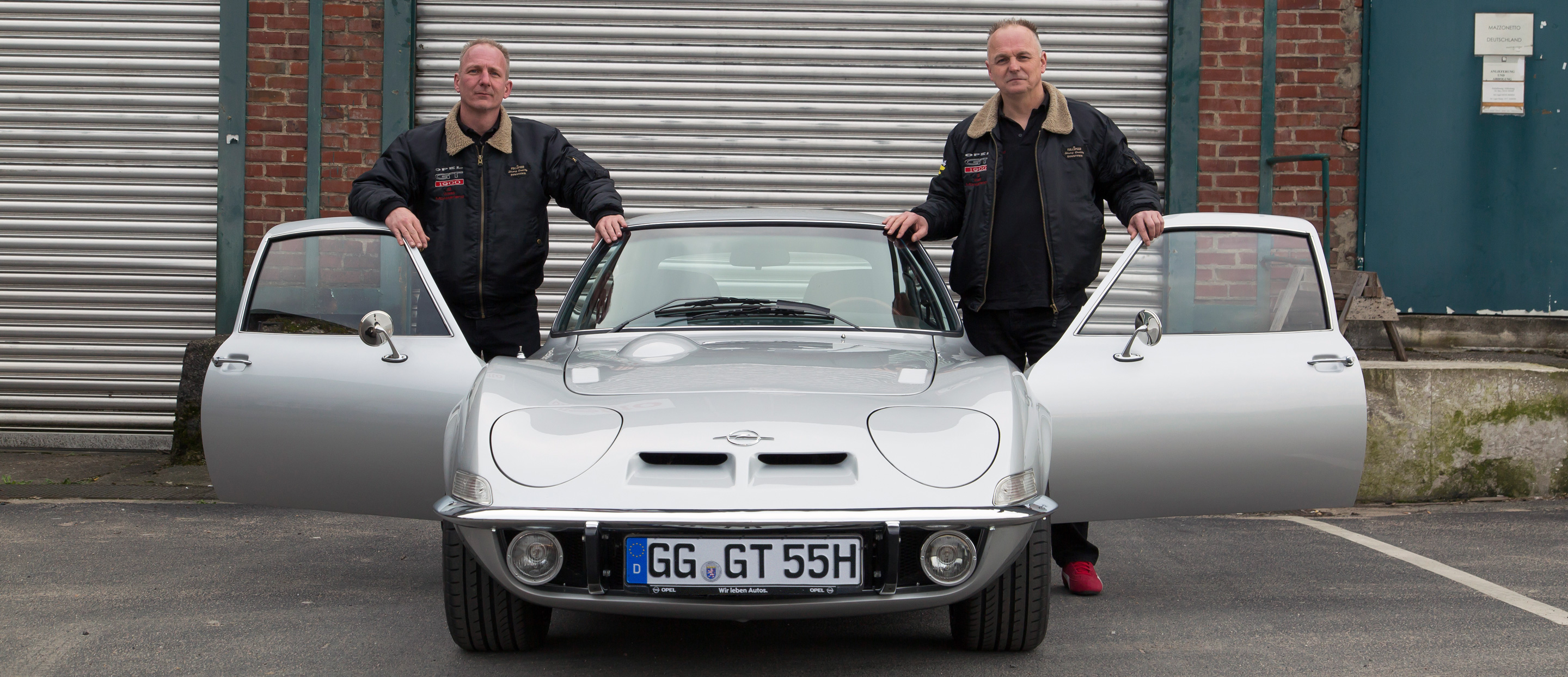
Perfectionists The Siemkes brothers André and Marco wanted to build the GT as it had not been possible in 1968 yet.
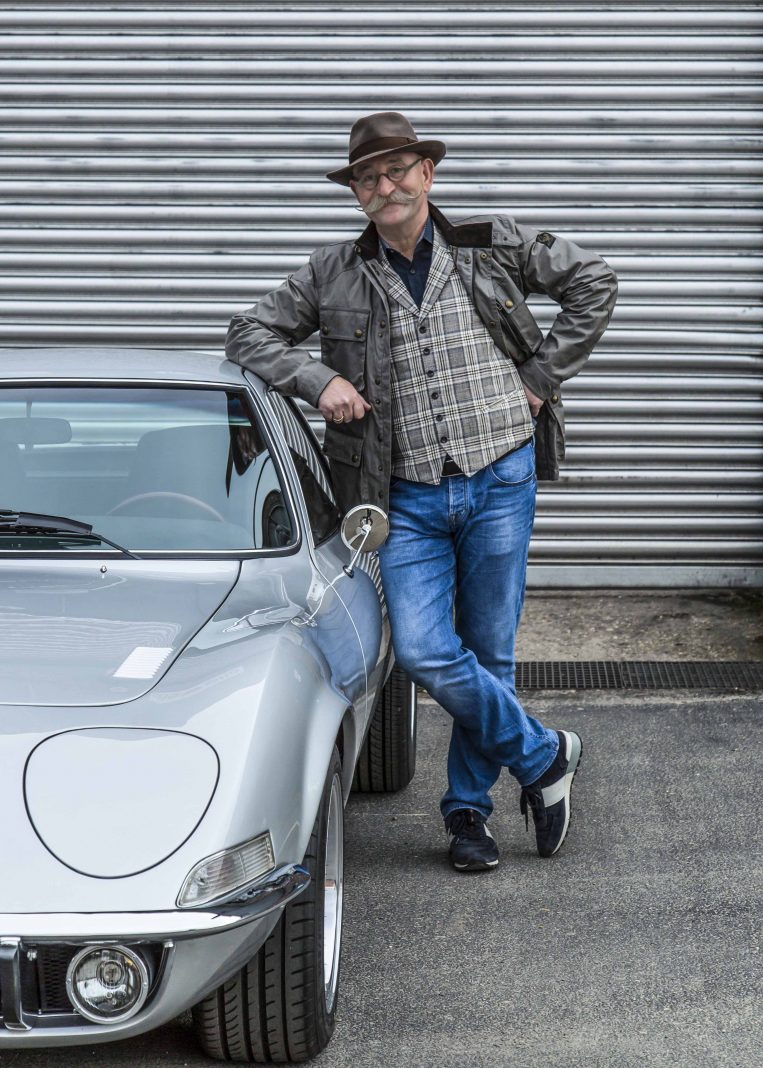
Cheerful The TV host and oldtimer fan examines the inner life of the GT.
André Siemkes discusses the restoration process: “We clear out the whole GT; we rotate it all the way around, throw paint on the bare sheet, the whole shebang.” Saying that things come out ‘better than new’ has become a platitude, but when it comes to the Siemkes’ restoration work, that’s actually the case. The two perfectionists are about to rework some drill holes so that they’re just right. The Siemkes love the GT, but they aren’t satisfied with the original manufacturing quality standard: They want to put together a perfect GT, in a way that wasn’t yet possible back in 1968.
Rust-free in Arizona
Their passion started out as a hobby. André, a qualified steel and concrete worker, and Marco, a trained carpenter, spent some time living out in Arizona, where there were many GTs lying around that hadn’t been preserved as antiques. Rust-free models were easy to find, and the brothers quickly set up a flourishing export trade back to Germany. The duo then began to keep the best cars for themselves, and ultimately brought them back along to Germany, to the current company headquarters in Bocholt.
But how did Horst Lichter come into the picture? Shooting has wrapped up, and he’s in a great mood. Walter ‘Waldi’ Lehnertz is standing in front of the door and consoling his partner over the phone: “No, I didn’t buy that, I really didn’t.” The TV crew jumps around the gorgeous GT, snapping countless pictures of the injection engine with their smartphones. An excited Horst Lichter is at the center of it all. “Have you seen how nicely the windows roll down?” Yes – and it’s soundless, too. “It’s so nice! From the front, from the back, from the right and the left. And so delicate!”
Disappointment in grandma’s living room
This love story between man and car began with a long-ago piece in good old-fashioned Life magazine. As a young man, Horst Lichter briefly owned an Opel Diplomat V8 (and, in his heart, never truly strayed from the Opel brand), and let it be known that if he were to want another car, it would be an Opel GT. After making this statement, he was offered a few, “Including a car from 1913 that grandma was keeping in her living room. But it turned out that one wasn’t an Opel.” He got in touch with Opel’s Head of Press Harald Hamprecht, who referred him to Opel dealer Reinhard Wiens in Billerbeck, who also serves as an expert on Opel models from the Brass Era at the ALT-OPEL club, which means he is in constant communication with Opel dealer and collector Werner Hüppe in Raesfeld. Over in Raesfeld, there were a few inexpensive GTs assembled by the Siemkes brothers. Horst Lichter drove over to the workshop in Bocholt, where “…we spent a good three hours talking about the GT.”
Lichter had a lofty request: “I wanted a GT like the one I dreamed of in 1971 as an 18-year-old. Lower, leather, power.” André Siemkes’ response: “That’s tough! We’ll do the best we can, but for a GT, ‘lower’ design means welding the rear wheel arches. Out of the question!” Horst Lichter’s retort: “I’ll never sell the GT; my son will inherit it. So go ahead and weld!” They went ahead and welded – in such a masterful way that only a true expert would notice the difference. “Touch that down there,” says Horst happily. “Do you feel any unevenness?” No: It’s perfect.
Why the GT? According to André Siemkes, “The GT is likeable; people associate memories or feelings with it. If you put a GT between a Porsche and a Ferrari, people will flock to the GT. Maybe their daddy used to have one, until the first kid came along and he had to switch to a Kombi.” Horst Lichter: “Look how it rocks when you accelerate: wobble, wobble, wobble. The day after tomorrow I’m driving the 500 kilometers back home in this.”
»It’s so nice! From the front, from the back, from the right and the left. And so delicate!«
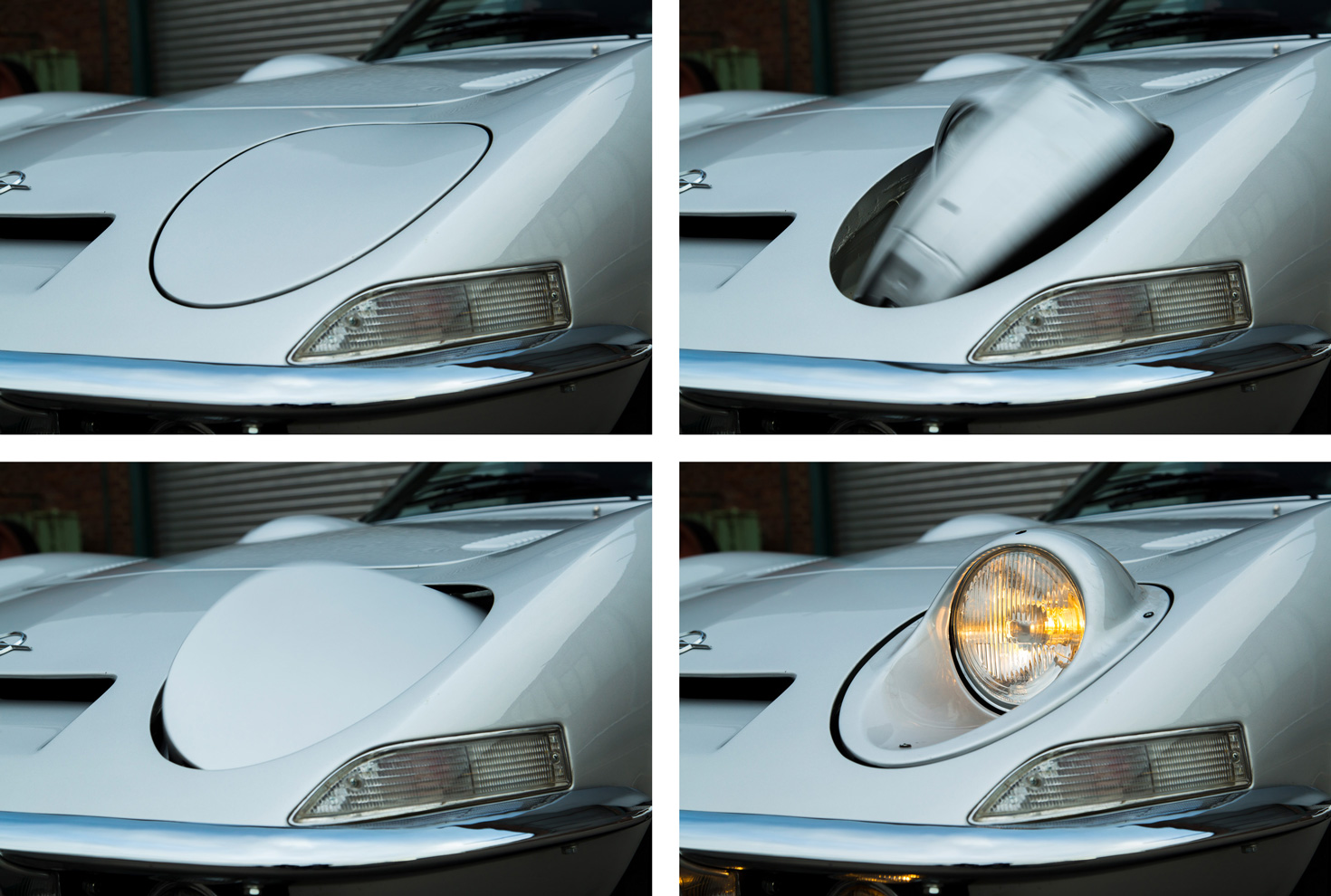
Wobble, wobble, wobble The distinctive folding headlights have contributed to the cult status of the Opel GT.
Lichter, who hails from the Lower Rhine region, now lives in the Black Forest. He is constantly on the go, shooting ‘Bares für Rares,’ and also makes recurring appearances on the stage – or, as it’s known in the Lower Rhine, on the ‘Bütt.’ How many kilometers does he cover each year? Many – probably around 40,000, by train, plane, and automobile. Frequent travelers like Lichter don’t want much more in their free time beyond peace and quiet. He only cooks for pleasure now: in his private kitchen, at a professional-quality Lacanche range. It’s one meter wide, featuring black enamel and brass knobs. Running a restaurant again is out of the question. Lichter sold his Oldiethek restaurant in his hometown of Rommerskirchen in 2010; today, the building is no longer used as a restaurant. He brought his collection of antique cars along with him to the Black Forest.
Out of Black Forest
At the moment, the Black Forest is a long ways away. The TV crew can hardly contain themselves. Jana Zerlett, the makeup artist on set, is testing out what it feels like to sit in the car: “Awesome!” André and Marco are struggling with a loose connection. Unlike in the original model, in Horst’s GT, the light should go on when he pushes the lever prominently featured on the central console. This isn’t working so far, though. Jens Cooper of Opel Classic responds calmly: “That’s how it always goes at first. There’s always some little issue at the start.” A popping noise is audible as the light blinks on and off. Waldi is talking on the phone, André is getting to grips with the loose connection, Horst is patiently engaging with his fans, and young boy named Ahmet is completely flipping out at the sight of the popping headlights, running around screaming at a much greater volume than the humming GT engine, his face a shade of dark red. Finally, his father drags him away from the scene.
Opel GT – The legend lives on.
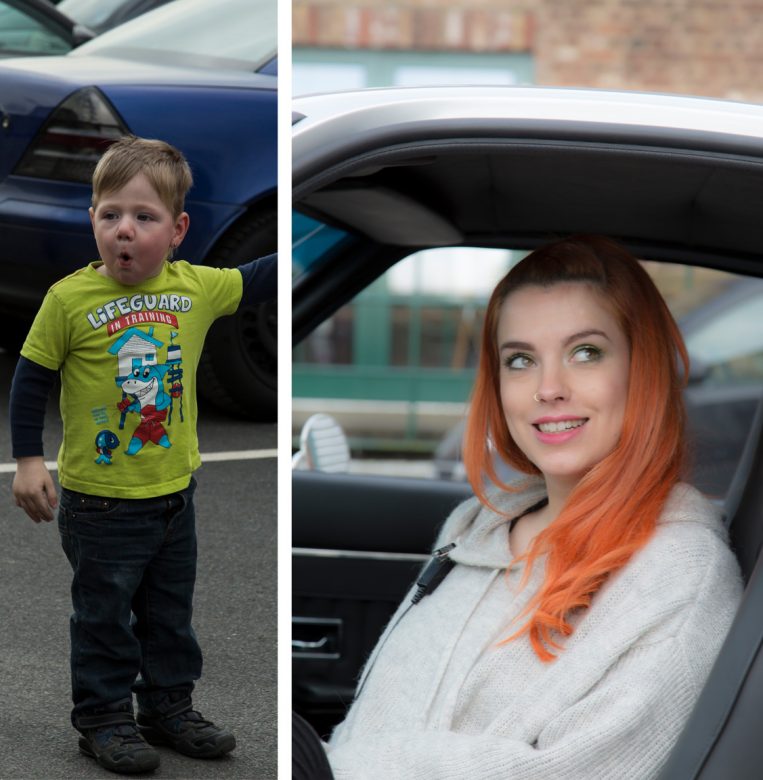
Amazement and joy Little Ahmet freaks out because oft he headlights. Horst Lichter’s make-up artist Jana Zerlett checks out the interior oft he GT.
—
»Awesome!«
—
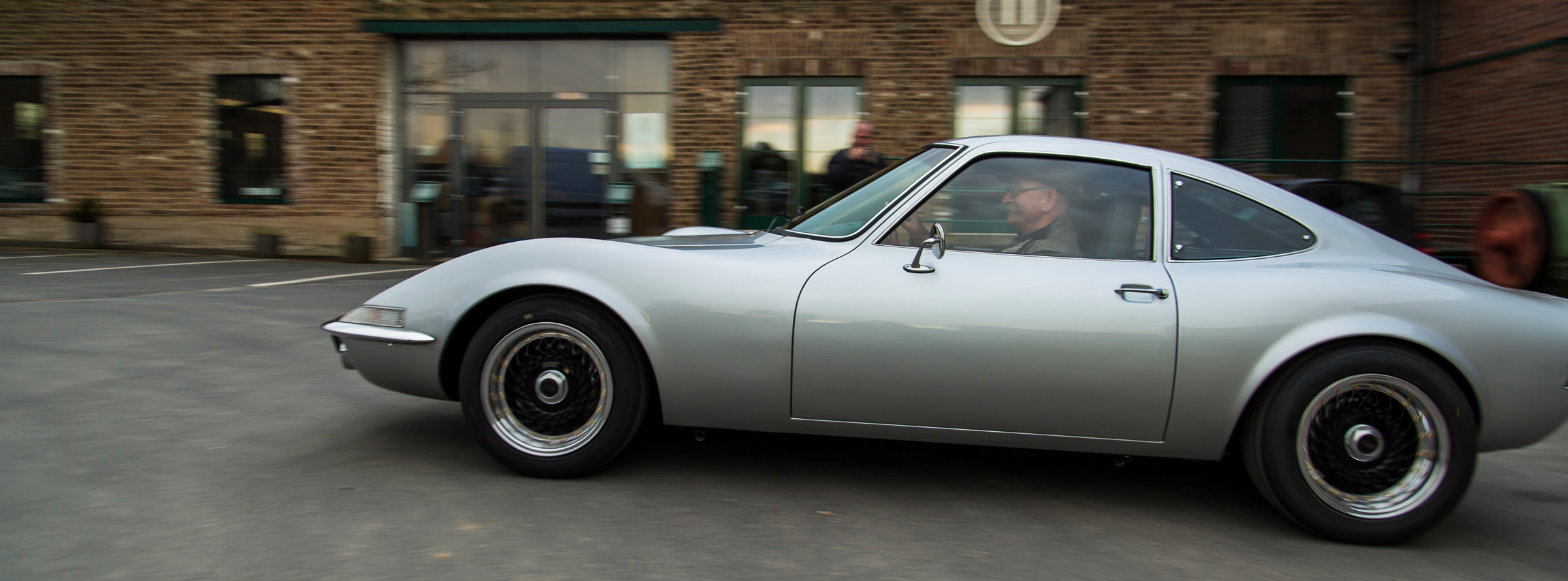
Only flying is more beautiful With this slogan and the sports car in the coke bottle shape, Opel has influenced a whole generation of motorists.
Epilogue: We would like to defend the lovely TV host’s good name (“don’t just say that I’m a cook from TV!”) and reveal that he has a second GT – and a completely original one at that.
